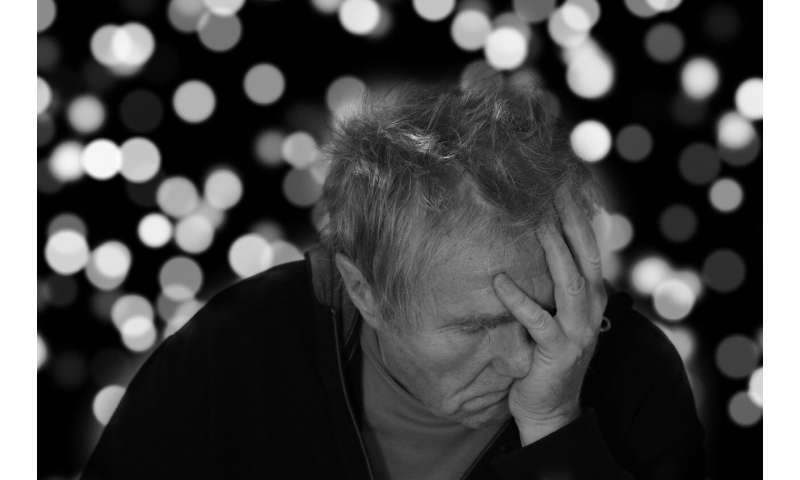Research key to reversing rising dementia death rate

Dementia is Australia’s second leading overall cause of death for the fourth year in a row, and the leading cause of death for women, according to the Causes of Death 2018 Report released yesterday by the Australian Bureau of Statistics.
Alzheimer’s disease and other dementias accounted for 13,963 deaths in Australia, including 8,973 deaths of women, in 2018.
The number of deaths from dementia has increased by 68.6% over the past decade, with the death rate increasing from 32.3 deaths per 100,000 people in 2009 to 41.2 in 2018.
The Report showed an increase in dementia mortality and corresponding decrease in cardiovascular disease mortality, putting dementia on track to become the leading cause of death in Australia in coming years. Since 2009, dementia is the only disease area of the top five leading causes of death to record an increase in the mortality rate.
NHMRC National Institute for Dementia Research (NNIDR) Director, Janice Besch, highlighted the importance of research into prevention and risk reduction strategies to deliver better brain health and improve ageing for Australians throughout their lives.
“This trend highlights the importance of dementia research. The only way to reverse the current trend in dementia mortality is to improve our knowledge of effective prevention strategies, and continue our quest to uncover a disease-modifying therapy.”
Dementia was also the fifth leading cause of death among Aboriginal and Torres Strait Islander females in 2018.
Speaking at the Alzheimer’s Association International Conference (AAIC) Satellite Symposium in Sydney, Ms Besch said that early to mid-career dementia researchers held the key to making a real difference in the lives of people living with dementia.
“The statistics surrounding dementia in Australia’s Aboriginal and Torres Strait Islander communities are a genuine cause for concern. Indigenous Australians experience dementia at nearly three times the rate and up to ten years earlier than the non-Indigenous population. Researchers like Dr. Kate Smith and Dr. Kylie Radford are advancing research into prevention and assessment methods that can address this gap.”
Ms Besch said that the release of a community-driven strategy for tackling dementia research in Aboriginal and Torres Strait Islander Australians was expected later this year.
NNIDR is part of the Australian Government’s $200 million Boosting Dementia Research Initiative and is targeting, coordinating and translating the Australian research effort in dementia.
The Boosting Dementia Research Initiative represents over a million hours in new dementia research and has significantly boosted the capacity of the dementia research sector. The Initiative has facilitated the development of new technologies, such as the development on non-invasive assessment methods, such as retinal-scanning to detect physiological changes associated with Alzheimer’s disease.
The Initiative is also driving improvements in the treatment and care of those living with dementia, with the flow-on benefits from research undertaken now expected for years to come.
Source: Read Full Article